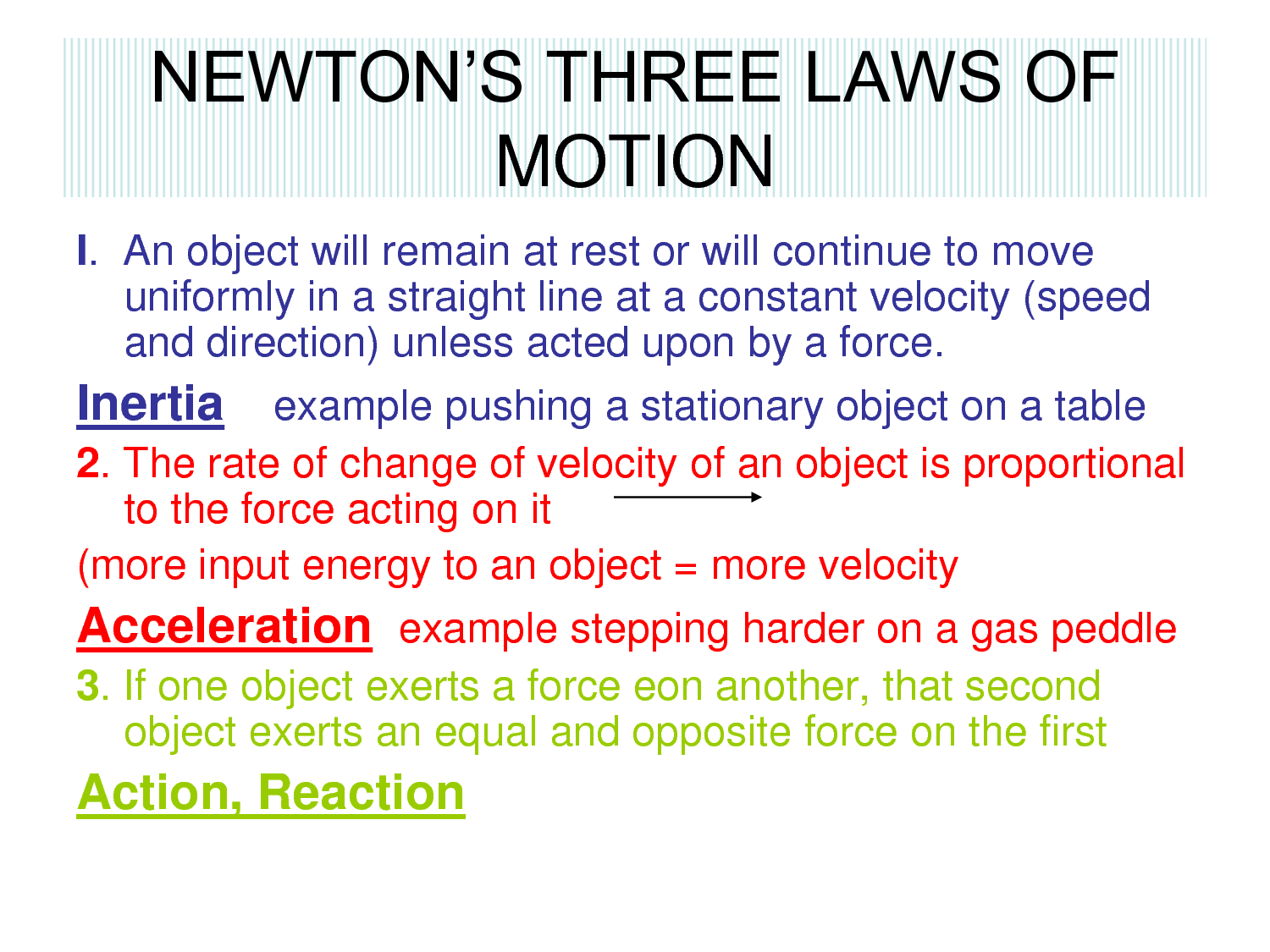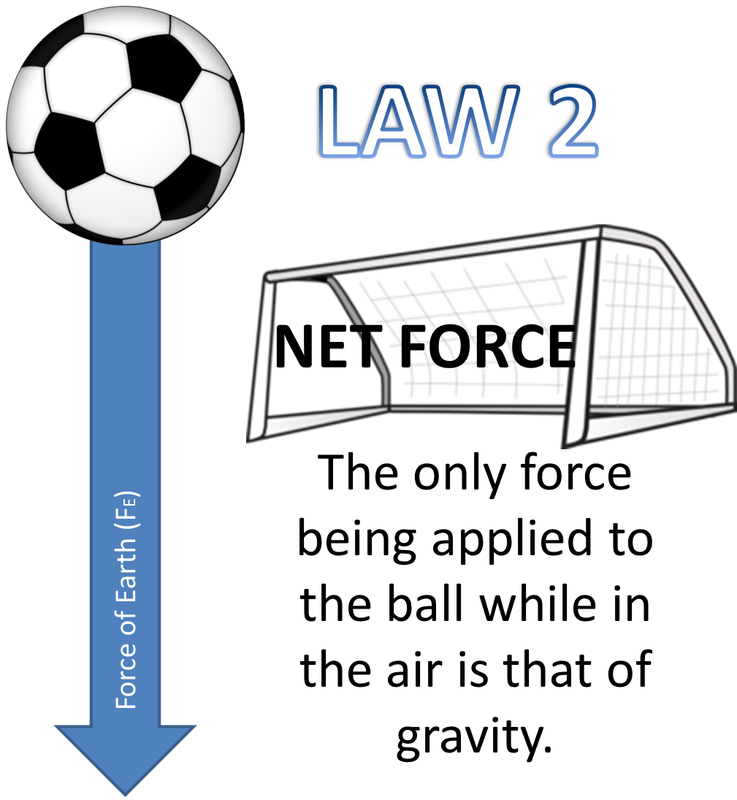

As a result, then ball gets turned back and now has a speed of 5m/s. A hockey ball of mass 200g traveling from west to east at 10m/s is struck by a hockey stick. Calculate the force exerted by the brakes on the motorcar it its mass along with the passengers is 1000 kg. A motorcar is moving with a velocity of 108km/h and it takes 4 seconds to stop after the brakes are applied. Now if the force were applied for a duration of 5 seconds, what would be the final velocity of the object? It increases the object’s velocity from 3cm/s to 7m/s. A constant force acts on an object of mass 5 kg for duration of 2 second. How much does the speed change in 2 second?

Later, the same force is applied for 2 second. A certain force exerted for 1.2 second raises the speed of an object from 1.8m/s to 4.2 m/s. What will be the acceleration of the box? What would be the acceleration if the mass were doubled? A man pushes a box of mass 50 kg with a force of 80N. What would be the force required to produce an acceleration of 2m/s 2 in a body of mass 12 kg ?What would be the acceleration it the force were doubled? What is the momentum of a man of mass 75kg when he walks with a velocity of 2m/s? Calculate the force exerted by the brakes on the motorcycle if its mass along with the rider is 200kg. A motorcycle is moving with a velocity of 90km/h and it takes 5 seconds to stop after the brakes are applied. Calculate the force exerted by the ball on the hand. A 150 g ball traveling at 30m/s strikes the palm of a players hand and is stopped in 0.06 sec. What acceleration would it give if both the masses were tied together? A force of 5 N gives a mass m1, an acceleration of 10 m/s 2, and a mass m 2, an acceleration of 20 m/s 2. Calculate the force required to impart a car a velocity of 30m/s in 10 seconds. What acceleration would give if both the masses are tied together? A force of 5 N gives a mass m1, an acceleration of 8 m/s 2, and a mass m 2, an acceleration of 24 m/s 2. It is found to fall down with a constant velocity. A feather of mass 10 g is dropped from a height. Assuming that the body to be initially at rest, find (i) its velocity when the force stops acting (ii) the distance covered in 10 s after the force starts acting. A force of 4 N acts on a body of mass 2 kg for 4 s. What force would be needed to produce an acceleration of 4m/s 2 on a ball of mass 6 kg? What is acceleration produced by a force of 12 Newton exerted on an object of mass 3 kg? Problems Based on Newton’s Second Law of Motion That’s why a small vehicle requires less force to attain more acceleration while a heavy vehicle requires more force to get the same acceleration The product of mass and acceleration is the force acting on the object.Īcceleration increases with increase in force and vice versa.Īcceleration decreases with increase in mass and vice versa. Newton’s Second Law of Motion gives the relation between force, mass and acceleration of an object.Īccording to the relation obtained above, Newton’s Second Law can be modified as follows: On the other hand, when brake is applied on the moving vehicle, the momentum of the vehicle decreases and the decrease is in the opposite direction of motion because the force is being applied in the opposite direction of motion. Newton’s second Law of Motion states that The rate of change of momentum is directly proportional to the force applied in the direction of force.įor example when acceleration is applied on a moving vehicle, the momentum of the vehicle increases and the increase is in the direction of motion because the force is being applied in the direction of motion. Newton’s Third Law of Motion – For every action there is an equal and opposite reaction.Newton’s Second Law of Motion – The rate of change of momentum is directly proportional to the force applied in the direction of force.Newton’s First Law of Motion – Any object remains in the state of rest or in uniform motion along a straight line, until it is compelled to change the state by applying external force.


 0 kommentar(er)
0 kommentar(er)
